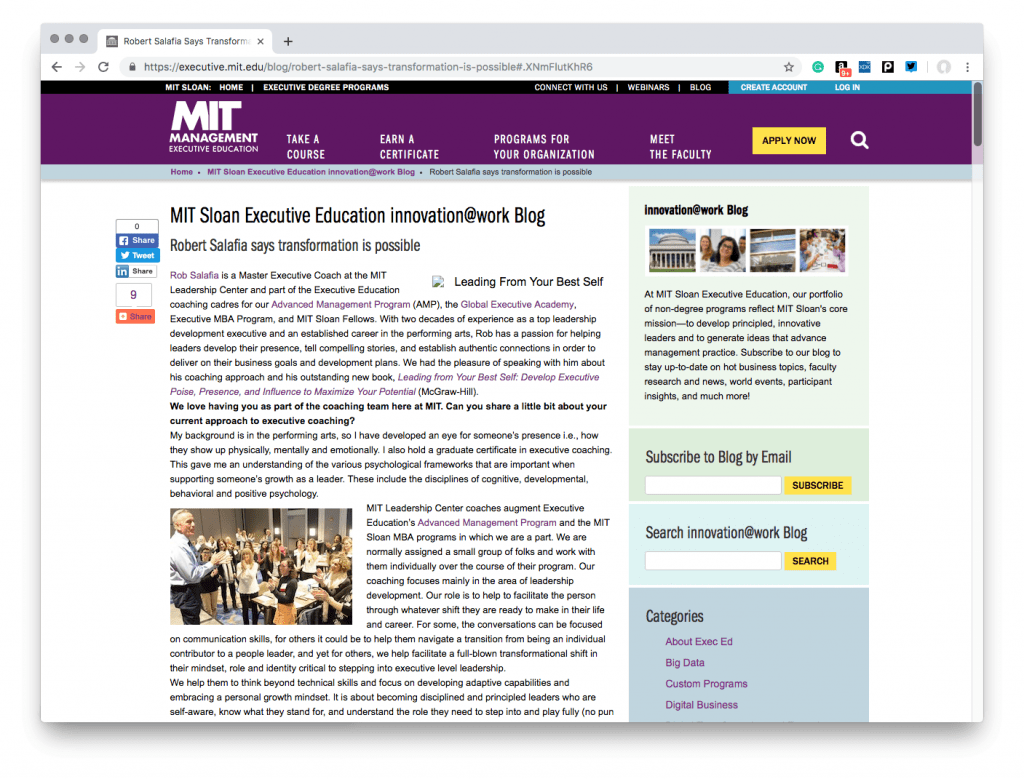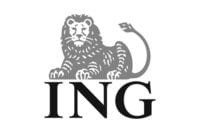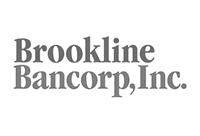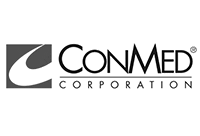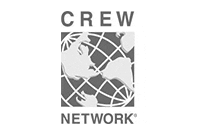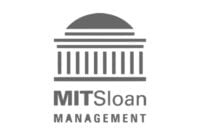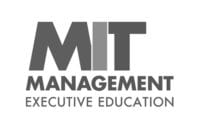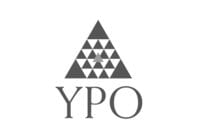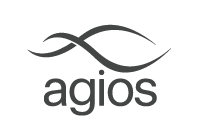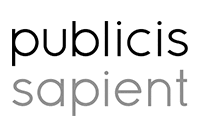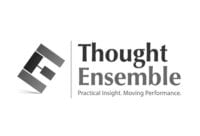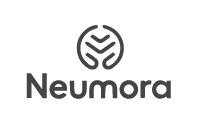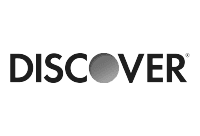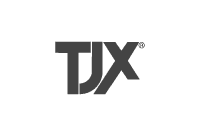Robert Salafia says transformation is possible
Rob Salafia is a Master Executive Coach at the MIT Leadership Center and part of the Executive Education coaching cadres for our Advanced Management Program (AMP), the Global Executive Academy, Executive MBA Program, and MIT Sloan Fellows. With two decades of experience as a top leadership development executive and an established career in the performing arts, Rob has a passion for helping leaders develop their presence, tell compelling stories, and establish authentic connections in order to deliver on their business goals and development plans. We had the pleasure of speaking with him about his coaching approach and his outstanding new book, Leading from Your Best Self: Develop Executive Poise, Presence, and Influence to Maximize Your Potential (McGraw-Hill).
We love having you as part of the coaching team here at MIT. Can you share a little bit about your current approach to executive coaching?
My background is in the performing arts, so I have developed an eye for someone’s presence i.e., how they show up physically, mentally and emotionally. I also hold a graduate certificate in executive coaching. This gave me an understanding of the various psychological frameworks that are important when supporting someone’s growth as a leader. These include the disciplines of cognitive, developmental, behavioral and positive psychology.

MIT Leadership Center coaches augment Executive Education’s Advanced Management Program and the MIT Sloan MBA programs in which we are a part. We are normally assigned a small group of folks and work with them individually over the course of their program. Our coaching focuses mainly in the area of leadership development. Our role is to help to facilitate the person through whatever shift they are ready to make in their life and career. For some, the conversations can be focused on communication skills, for others it could be to help them navigate a transition from being an individual contributor to a people leader, and yet for others, we help facilitate a full-blown transformational shift in their mindset, role and identity critical to stepping into executive level leadership.
We help them to think beyond technical skills and focus on developing adaptive capabilities and embracing a personal growth mindset. It is about becoming disciplined and principled leaders who are self-aware, know what they stand for, and understand the role they need to step into and play fully (no pun intended). This means taking people out of their comfort zones and challenging how they think about themselves as leaders. For example, I worked with a senior engineer who was enrolled in MIT’s AMP program. He came to the program to prepare himself for a transition into an executive role. As an engineer, he loved solving problems. So much so, that that when members of his team would come to him for help he would jump right in. But then he found himself complaining that he did not have any time to for more strategic thinking and planning. Together we worked on both the “why” and “how” he could take a step back and help people solve problems for themselves. This was not immediately evident to him, but it did not take him long to make the shift, a powerful shift to leading rather than doing. It was about asking the right questions and challenging assumptions.

You have a considerable background in theatre. How do the arts cross over into your work with executives?
To be most effective, I believe that we need to take the sum of all our experiences with us into our next roles. I love the arts for many reasons, not the least because they make us reflective and help us access the creative side of our brain. The arts engage our curiosity and encourage us to practice thoughtfulness and reflection. These are all powerful tools for leadership. Because the idea is not to have all the answers. This is the premise of MIT’s principle of distributed leadership—all the answers are not contained in one person. A leader’s job is to create an environment in which people feel safe to contribute their best ideas and bring their best selves to their roles.
What prompted you to write your book? Who is the audience you had in mind when you wrote it?
I was not looking to write a book. The opportunity presented itself to me and I seized the moment. It turned out to be one of the most rewarding experiences of my career. Leading from Your Best Self was written on the premise that every human being has the capacity to be extraordinary. And, that we all have, at one time or another, experienced being the best version of ourselves. It’s that powerful feeling of being fully present and alive to the moment. When we have put our gifts and talents to the best and highest use. The book is meant to be an accessible, practical guidebook for understanding what this means to us personally, as well as how we can cultivate this sense of confidence and generosity to our roles as leaders.
The book is targeted toward the business leader but is assessable to anyone who would like to lead a more purposeful and fulfilling life. Reading it is like having your own personal coach right there with you, helping you to increase your poise in stressful situations, discover a deeper sense of authenticity, find you voice, and create meaning for others through the lively art of storytelling.

We heard that the book was selected by a prominent book club. Can you tell us about that?
Yes, the book was selected by Liz St Jean, a wonderful executive coach, who also started a women leadership book club, Women Rising. (note: it’s not just for women) She chose the book for her 2019 reading list because she resonated with the connection between the theatre and leadership. She appreciated that the book wasn’t written in a theatrical way—it’s intentionally very practical. She had been looking for a leadership book that instructs how we can use our bodies and voices to influence others. This book introduces a methodology, with exercises, for staying true to yourself, your values, your personality, while cultivating the ability to adapt to different situations and manage your emotions and presence to get the results you’re seeking. While many leadership books focus on philosophies, attitudes, or mechanics of influencing, Liz said this was the first book she had found that that gives true awareness to how we can show up to be most impactful. Peek at the photo. Not such a bad group to be associated with.
What is another example of a shift or transformation you helped to facilitate as a coach?
A big challenge that rising executives face is making the transition from being an individual contributor to that of a people leader. One my MIT coaching clients was from Brazil and worked for a prominent consulting firm. He was also one of their top producers. About six months before he started the program, he was promoted to lead a team in their corporate office. In our first meeting he expressed his frustration at being in his new role. His exact words to me were, “Why won’t they do what I tell them to do!” I paused, and then politely repeated his words back to him and asked him to reflect for a moment. This was the door opener. You see, he was a bachelor and a highly driven individual. He never stopped working. His work was his life. He had brought this same mindset, belief system and expectations with him into his new role. He expected that his team would simply follow suit. When they did not want to work until 11 pm and on weekends, he would blow up. Most of them were married with small kids. This never crossed his mind!
Our initial work together was spent on self-reflection and building self-awareness. This always begins with developing acute observation skills. It also requires one to build skills of empathy. He started to see his team and employees as people rather than just a means to his monthly, quarterly and yearly goals. He started to see how his presence would create walls between him and his team. The whole office environment would depend upon his daily mood. If he walked in smiling, everyone breathed a sigh of relief. If he had a frown on his face and made a bee line to his office, everyone quietly closed their doors or simply did not look up. It wasn’t until he engaged some of the members of his team about this topic that he realized what was happening.
As a result of being in the program at MIT and our conversations he was able to grow beyond his limited view and become the person and leader that his organization and team needed him to be. Ultimately it was what he wanted for himself as well.
How does the coaching process work?
The journey of personal development begins with developing a growth mindset. The best way to begin is normally with gathering some data from different sources. This means asking direct reports, colleagues and senior leaders to provide feedback on the person’s strengths and challenges in a variety of leadership areas. At MIT we use a 360 tool called the 4 Capabilities Assessment. The purpose of the 360 process is to allow the person to compare their self-perception with the perception of others have of them in these areas. Once a person has received the feedback, we discuss it and begin to create both long-term and short-term goals on the personal, interpersonal, group and organizational levels. We then break this down and begin to create smaller action steps in each of these areas. We encourage them to think of the program at MIT as their laboratory and for them to begin to create a series of behavioral experiments. Choose a specific goal and behavior, try it out, get feedback, reflect, try it again with the new information. With diligence and practice it’s amazing how quickly someone can grow and develop. Transformation is possible.
